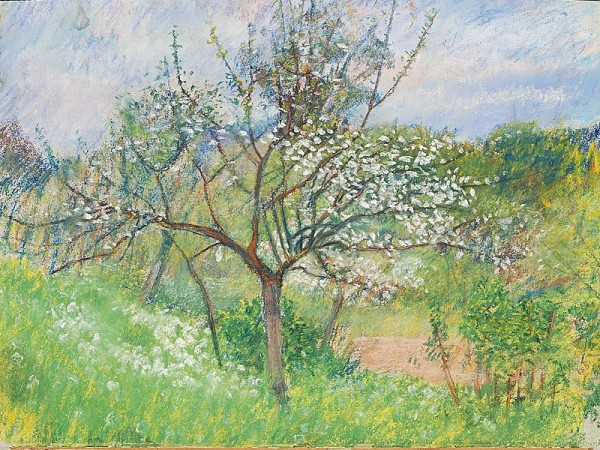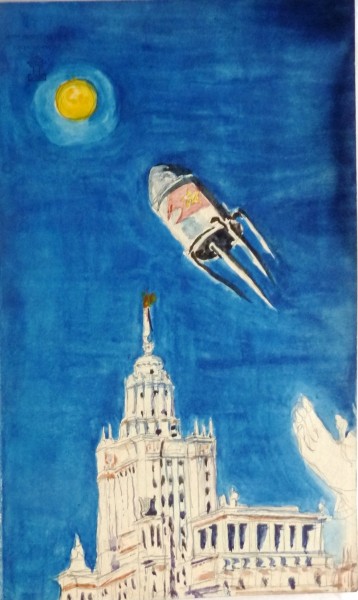In 2011, the Slovak National Gallery commemorates the 120th birthday of Baroness Margita Czóbelová, as well as the 20th anniversary of the opening of the first permanent expositions at the chateau in Strážky.
Baroness Margita Czóbelová, the niece of painter Ladislav Mednyánszky, spent most of her life in the foothills of the Tatra Mountains. Her fate, affected by significant historical periods from the Austro-Hungarian Monarchy, World War II and the changes following 1948, was linked to the chateau in Strážky throughout her entire life. The extensive collections of Mednyánszky’s works in the family estate, as well as the collection of Ferdinad Katona (1864 – 1938), Frida Lohwag Konstantin (1884 - 1918) and her own were successfully preserved thanks to her devotion.
According to the information available today, Margit Czóbelová was an occasional painter, an auto-didact who was inspired by her uncle’s work. Current research has contributed to learning about her relatively extensive oeuvre, but, in particular, it brought information regarding her art education and models. According to the records in the archives of the Academy of Fine Arts in Budapest, Margita and her sister Marianna were students at the academy in the 1915 – 1916 academic years. Their studies came to an end due to Word War I. However, she was able to exhibit her works in the National Salon in Budapest in 1916 and 1922. She began to work not only as a painter, but also as an illustrator, particularlz for English and Hungarian publishing houses.
Her painting career was interrupted by circumstances that arose after World War I. when she gradually began to take care of her family. She lost her brother Štefan during the war and her sister Marianna died on April 19, 1929. She also took care of her parents until they died. During the World War II Margita Czóbelová was left in isolation and after the political changes in 1948, she lost her estate and family fine art inheritance.
Hiking in the Strážky surroundings and the Tatra Mountains, sports (swimming in the Poprad River, skiing, cross – country skiing, horse riding) and many other activities enabled her to keep her petit figure. It was her unbending character that enabled her to survive the events that fell upon her family and the chateau in Strážky.
The isolation of the baroness in the environment of Strážky affected her artwork. In the interwar period she worked mainly with illustrations. She also created colorfully fresh compositions of the chateau park and landscapes inspired by Mednyánszky’s work which she knew so well. In addition to Strážky and the Tatra Mountain landscapes, she inspired, she painted the family seat of the Czóbel family in Anarcs, which she visited frequently. Czóbelová portrayed family members and herself, in particular, she captured the changes in her expression. Like her uncle, she used canvases, sheets and various types of paper for her work and frequently painted on both sides. After World War II, her subjects included the Tatra Mountains (cableway), the socialist world (Lomonosov University, Sputnik) and others that are unusual for a person of her position. They are proof of the fact that she was actively interested in the world around her.




